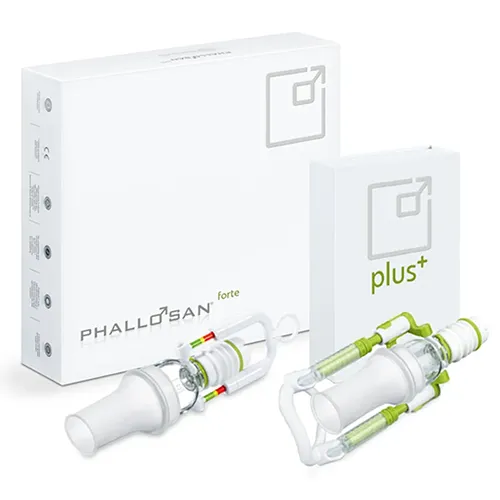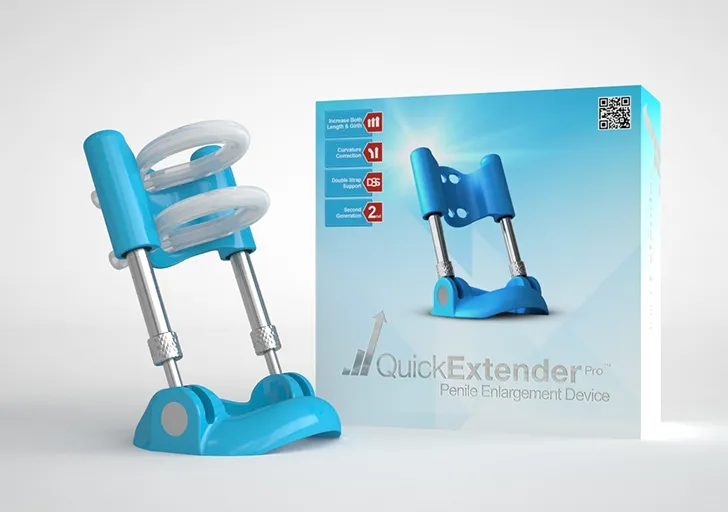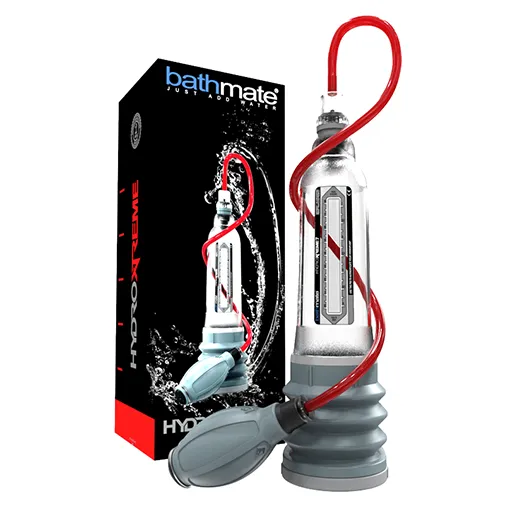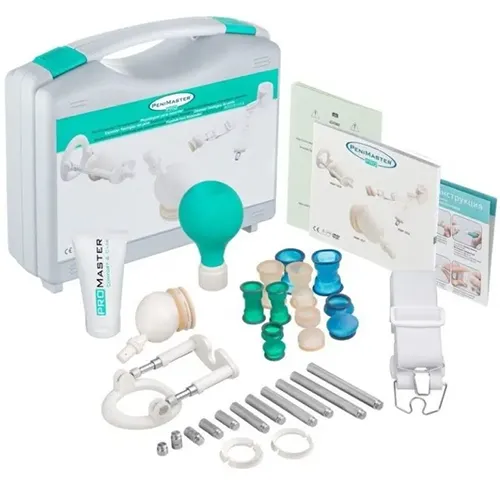
Extenders 101 — Tension Zones, Strap vs. Noose & Daily Wear Scheduling
Penile extenders use controlled traction to stimulate tissue adaptation over time. This guide explains proper tension levels, attachment options, and safe wear scheduling for comfort and steady progress.
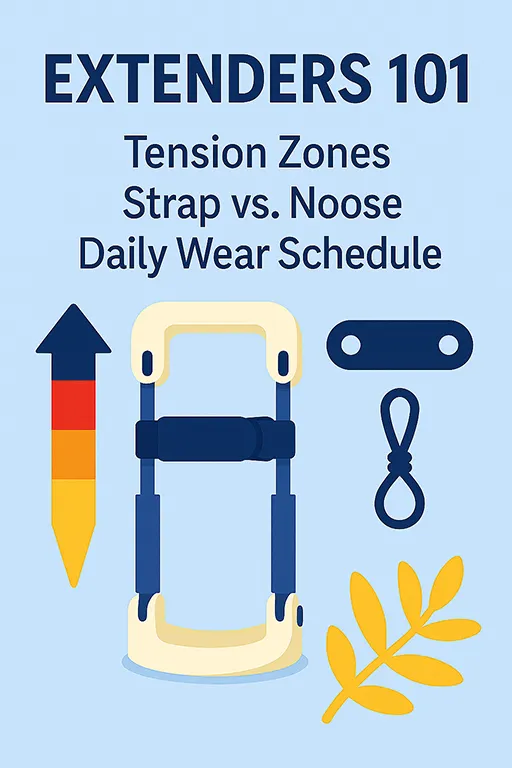
1) How Extenders Work
Extenders apply low, continuous traction to the shaft, encouraging micro-level tissue remodeling. Over time, this leads to measurable gains in length and alignment improvements. The method is medically backed (traction therapy) and most effective when consistent and pain-free.
2) Understanding Tension Zones
Most extenders include spring-loaded tension indicators or colored zones showing the applied force, usually measured in grams or kilograms.
| Zone | Approx. Tension | Use Case |
|---|---|---|
| Light | 400–600g | Beginner phase / tissue conditioning |
| Moderate | 600–900g | Standard training after 2–3 weeks |
| High | 900–1200g+ | Short advanced sets only (5–10 min max) |
3) Strap vs. Noose — Choosing the Right Attachment
Attachment style determines comfort and circulation quality. Each has pros and cons:
- Strap type: flat silicone band distributes pressure evenly — preferred for longer sessions.
- Noose type: elastic loop or cord applies more concentrated grip — better for quick sessions or smaller glans.
- Hybrid systems: combine both; ideal if you switch between comfort and precision setups.
4) Daily Wear Scheduling
Consistency is more effective than long, infrequent sessions. Follow progressive scheduling to allow tissue adaptation and minimize fatigue.
| Phase | Daily Duration | Notes |
|---|---|---|
| Week 1–2 | 1–2 hours total (split into sessions) | Light tension; learn comfort & setup |
| Week 3–6 | 3–4 hours/day | Moderate tension; short breaks every 60–90 min |
| After 6 weeks | 4–6 hours/day | Gradual increase; prioritize consistency over force |
5) Comfort & Maintenance
- Use soft padding or gauze under strap/noose for skin comfort.
- Clean device daily to prevent irritation or buildup.
- Lubricate contact points lightly with non-oily skin-safe lotion.
- Adjust tension gradually — avoid sudden length increments.
6) Integration & Progress Tracking
Extenders work best alongside warm-up routines and manual stretching. Record daily wear time, tension level, and comfort in a simple log — tracking consistency helps reveal long-term gains.
Published: · Category: Devices & Integration · Tags: #Extenders #TractionTherapy #Safety
